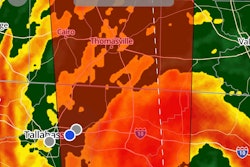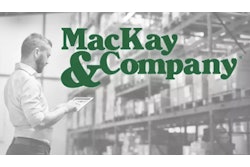
Many years ago I put together an article on how manufacturers manage product recalls.
I was interested and suspected you were too, so I reached out to the OEMs across our industry and learned about the multitude of well-developed and defined processes used to determine when a recall is required; how OEMs communicate with dealers, customers, NHTSA about recalls; and, most importantly, how parts and service guidance is quickly distributed to conduct necessary repairs.
It was a good story and one I’d recommend checking out if you missed it as it really gets into the nitty gritty of how OEMs follow NHTSA protocols and internal practices to identify and resolve recalls as quickly as possible to reduce accidents and possible injuries.
[RELATED: How manufacturers determine, report and resolve recalls]
I bring that story up today because I recently noticed — and maybe you did too — a sudden influx of recalls tagged with disclaimers elevating the severity of the announcements. Admittedly, all recalls are severe. That’s implied. If any unit on a piece of equipment is malfunctioning or performing improperly, that’s bad news for everyone and could be dangerous.
But these recent disclaimers warning ‘Do Not Drive’ and ‘Fire Risk’ were beyond regular recalls. These were declarative safety statements telling vehicle operators of real danger.
So, like I did back in 2017, I asked around. Have these always been there and I’ve never noticed them? Or have there just not been any on commercial truck recalls in recent times? Are these recalls substantially more dangerous?
Here’s what I found.
The notices aren’t new. A source on background told me the ‘Do Not Drive’ warning has been around since 2012. The ‘Fire Risk’ designation since 2015. My source told me manufacturers are the ones who decide if recalls require additional designations beyond conventional messaging, which would explain why fire risk warnings seem to appear in our recall reports almost weekly but the bold faced warning has only appeared a couple times.
My source also told me since manufacturers overwhelmingly self-diagnose, report and remedy safety recalls, internal safety inspections and testing are usually the genesis for additional hazard messaging. If a test continuously indicates grave danger, manufacturers are forthcoming to announce it, and my source said additional safety designations often “can help improve overall completion rates.”
Maybe you already knew all this or you didn’t but sort of expected it. I’m sure this isn’t news for our dealer service professionals.
But for the dealer salespeople, counter people and our aftermarket readers out there, please file this away. Keep up with our recalls even if you aren’t directly responsible for resolving them. You never know when a customer could be in danger. And there’s no better customer retention play than notifying a customer of an issue that could put them or their employees at risk.










